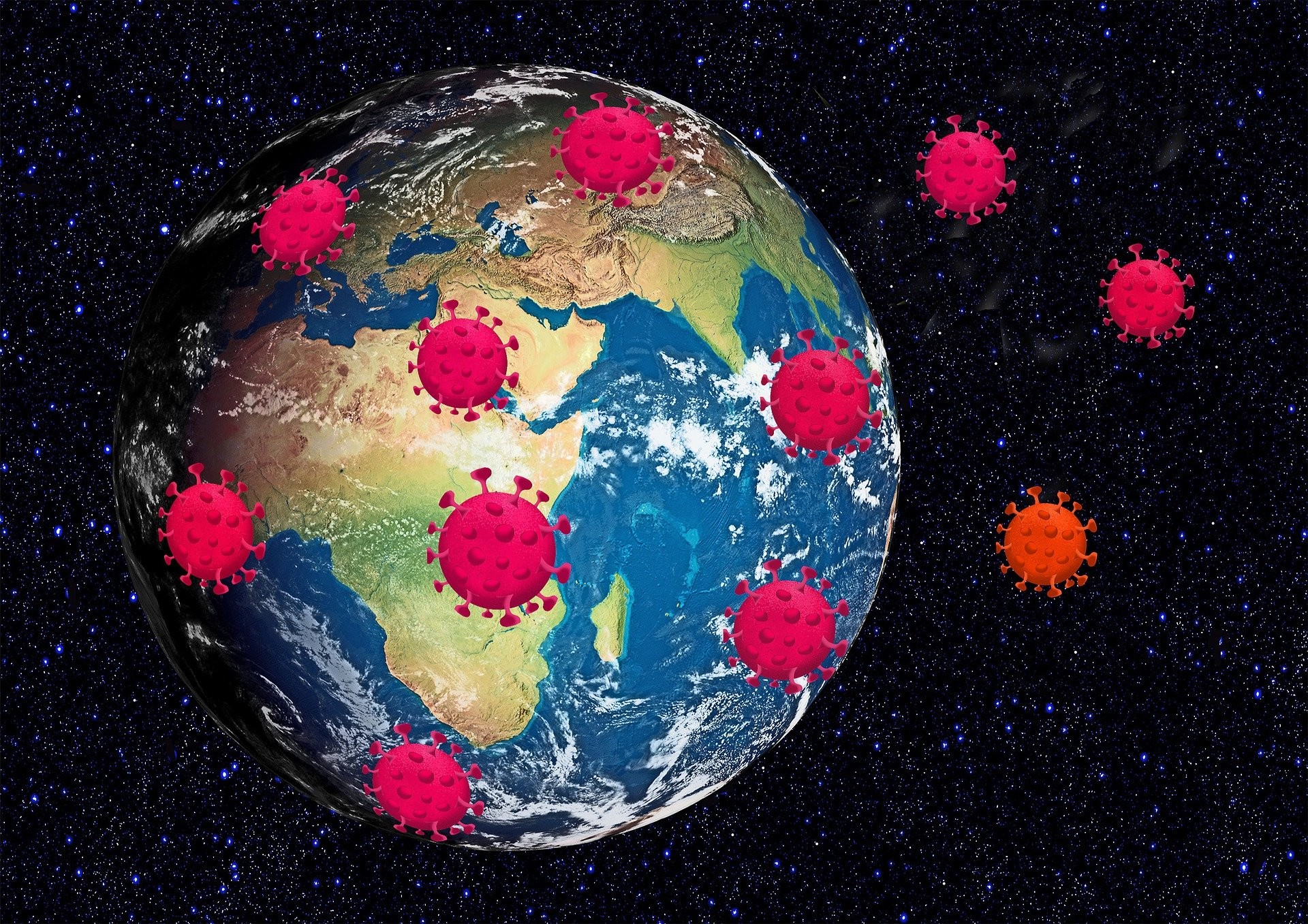The novel coronavirus outbreak now being wiped out won't be the last, experts warn. As long as we continue to ignore the links between infectious disease and the destruction of the natural world, humanity will always be at risk.
Although epidemics have appeared throughout human history, they now seem to be on the increase. In the past 20 years, coronaviruses alone have caused three major epidemics around the world. And even more worryingly, the emergence of these pathogens seems to be getting closer and closer together. How to explain it?
Let's take the example of SARS-CoV-2, which is of concern to us at the moment. For many, the wildlife market in the city of Wuhan, China – which sold a wide range of live wild animals – is considered the perfect viral melting pot. Researchers have also suggested that pangolins may have acted as intermediaries between bats (considered the reservoir of the virus) and humans.
But it must be understood that this is only part of a much larger problem:the continuous destruction of ecosystems by humanity, which closer than ever to wildlife.
Asked by The Independent , David Quammen, author of the 2012 best-selling book, Spillover:Animal Infections and the Next Human Pandemic , explains it this way:
“Our highly diverse ecosystems are filled with many species of wildlife, plants, fungi and bacteria. All of this biological diversity contains unique viruses. When we cut down rainforests, whether to build villages, mining camps, or to capture wild animals, we expose ourselves to these viruses.”
“It's like when you tear down an old barn and the dust blows away, adds the writer. When you demolish a rainforest, the viruses also fly .
Man, who encroaches on these wildlife habitats, thus becomes a host. And with our world now governed by international trade, pathogens are finally able to spread rapidly across the planet.

This is the reason why there are so many diseases originating in Asia and Africa. Because there is, in these regions which are home to 60% of the world's population, an increasingly intensive urbanization that has been taking place for several decades . For example, according to the World Bank, nearly 200 million people moved to urban areas in East Asia during the first decade of the 21st century.
“This large-scale migration means that forest lands are being destroyed to create urban areas , says Dr. Kuchipudi, a virologist at Penn State University. Wild animals carrying viruses, forced to move closer to towns and villages, inevitably encounter domestic animals and humans .
To take the example of bats, "responsible" for the outbreaks of Hendra in 1994, Nipah in 1998, SARS in 2002, MERS (Middle East respiratory syndrome) in 2012 or Ebola in 2014, these animals are actually not the problem. Indeed, bats help to promote the biodiversity and health of their ecosystems. They are therefore very important. The problem arises when we come into contact with them.

We must also emphasize the importance of hosts intermediaries. In Asia and Africa, many families depend on livestock to survive. Unfortunately, due to lack of resources, cattle, chickens and pigs, which can carry infectious diseases transmitted by wild animals, are often in close contact with each other. And Man is never far away.
This proximity also plays a key role in how a pathogen might emerge and spread between species.
Thus the regulations on the sale and consumption of wild animals can help mitigate the risk of infectious disease transmission, but there is actually a much larger proximity issue to address. Humanity, if it wants to continue to expand, will have to give itself the means to preserve the natural world, at the risk of seeing the emergence of other potentially devastating pathogens for our species.
Source